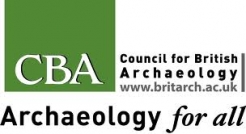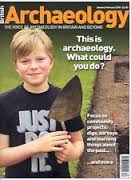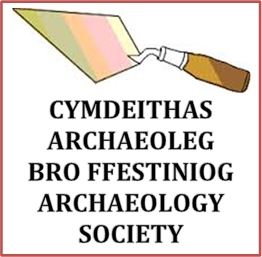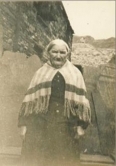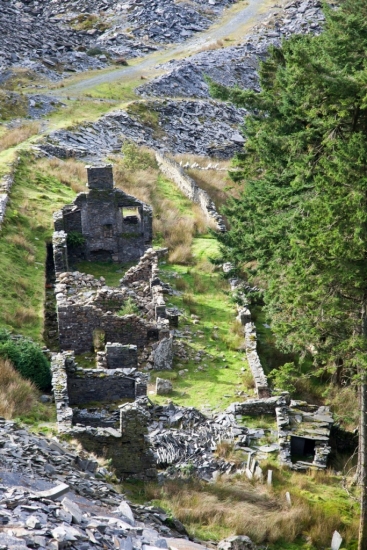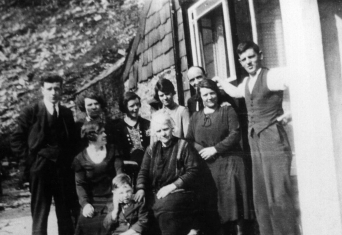Cwmorthin House
Cwmorthin Uchaf and Cwmorthin Isaf were the oldest settlements in the Cwm and indeed the only ones until the discovery of slate nearby. The next dwelling to be erected was CWMORTHIN HOUSE which served as the home of the Agent / Quarry Manager in charge of Cwmorthin Quarry.
It was built in or near 1843 and was described by the newly-appointed agent Allen Searell, quoted in Graham Isherwood’s book, as “a comfortable house, garden and with ground to keep a horse and cows which will make a great difference in my family in comparison with what I have been hitherto in receipt of”
On the right is a photo, taken by local photographer Alwyn Jones, showing the current state of the property and the interior layout,
Tanygrisiau resident Kevin Evans talked to his mother Isobella Evans nee Wilson who before her death recentlty studied a recent photo of the ruins and indicated what the rooms were used for.
Isobella lived in Cwmorthin House in the 1930’s.
Two photographs have surfaced of the house and include the family living there at the time.
Specifically when the photographs were taken is not yet clear but clearly show an impressive building in excellent condition. In addition to this we have a first hand description of the layout of the house.
The photo left shows Cwmorthin House, later known locally as Plas Llyn, showing the front of the house looking south. In the photo - taken in 1933 - are Elizabeth Williams and her daughters Elizabeth and Mary Ellen.
Obviously a fine building in its time and, as was the case with quite a number of detached rural houses in the area, it was clad with slate on the outside to protect the walls from adverse weather.
Cwmorthin House later became known as Plas y Llyn and, as it had some land including pasture under its lease – probably originally under Cwmorthin Isaf control - it would have appeared to be returned to farming use
The picture below shows Glyn Orthin Williams and a friend standing on what appears to be an overturned corrugated roof structure on the opposite bank of the lake.
In the background the main part of the house can be seen to the right of the trees.
Closer observation seems to indicate that the house was either built in two stages or was originally two dwellings.
Pointing to this is the fact that the part directly behind the field – the right hand part of the house – is higher that the section partly obscured by the trees. The latter part is also of a different design.
This can also be seen in the 1933 picture on the previous page where the part of the house with the porch has what appear to be dormer windows on the first floor whereas the larger house is of a straight two-storey design.
This needs further investigation |
|


